As an Amazon Associate, I earn from qualifying purchases. In addition, I participate in several other affiliate programs that allow me to earn while I recommend products I love.
If you’re wondering how to make a dish less peppery, in this article, we’ll talk you through the top ways to counteract too much pepper in a dish.
With pepper having such an earthy but brash and pungent taste, it’s perfect for creating a bolder taste in your dish.
However, in excess, it can overpower the rest of the flavors.
Adding too much pepper into a dish is an easy mistake to make.
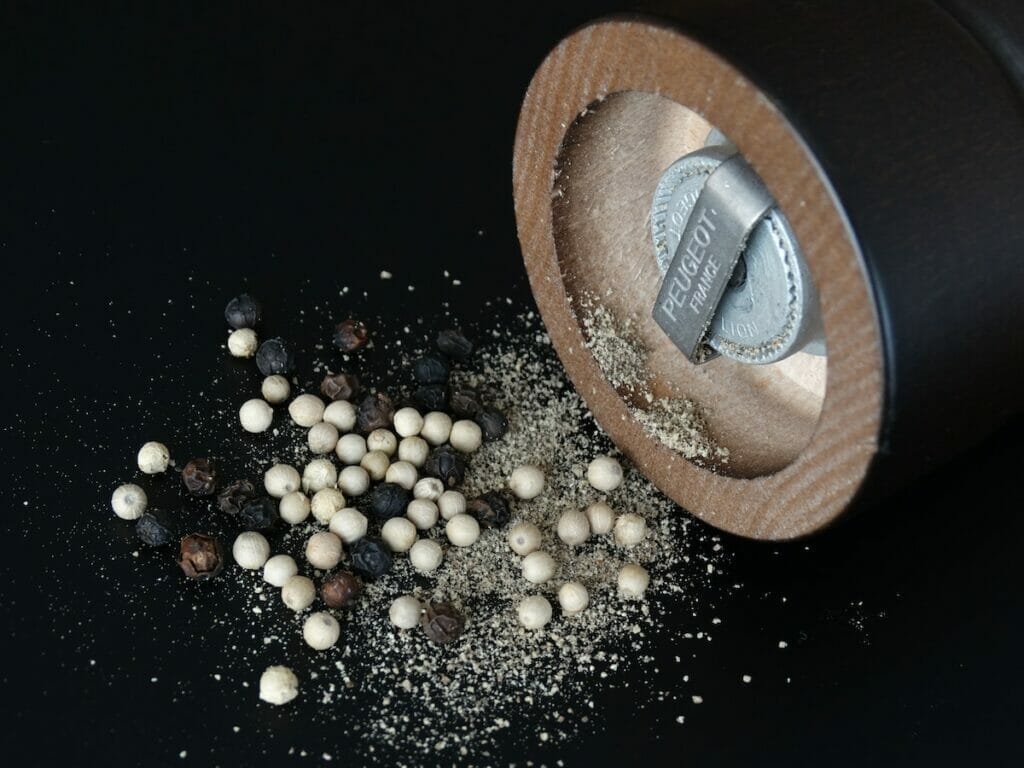
Perhaps extra pepper split into the pan by accident, you misread the recipe, or you’re trying a new recipe and got the proportions wrong.
But don’t worry – fortunately, there are a few clever ways to fix a meal if you’ve added too much pepper to your food, or check out our handy guide here if you’ve added too much salt!
Choose from the options below to save dinner and end up with a mouth-watering meal.
Our Favorite Quirky Kitchen Gadgets
- Select-A-Spice Auto-Measure Carousel – Get your exact spice amount without measuring spoons with this spice carousel. Simply twist the dial for a perfect 1/4 teaspoon measurement!
- Silicone Utensil Rest with Drip Pad – This utensil rest keeps my countertops neat & drip-free!
- Snap N Strain Pot Strainer and Pasta Strainer – I love this strainer because it fits on all pots and pans while also being compact and easy to use!
- Herb Scissors Set – I use these scissors to cut and mince fresh herbs directly into any dish without the tedious work of cutting each herb or dirtying up a cutting board.
- Knife Sharpener – I love how quirky and nifty this rhino shaped knife sharpener is. It definitely puts the FUN in functional!
How to make a dish less peppery
If you’re wondering how to remove pepper from food, choose from the options below.
If adding an ingredient, try to use one which will work best for your recipe, or use what you have handy in your kitchen.
Apple cider vinegar
Like pepper, acidic ingredients tend to have a strong flavor.
This means vinegar is a great way to undo the extreme heat of too much pepper in food, as it’ll balance out the overall taste.
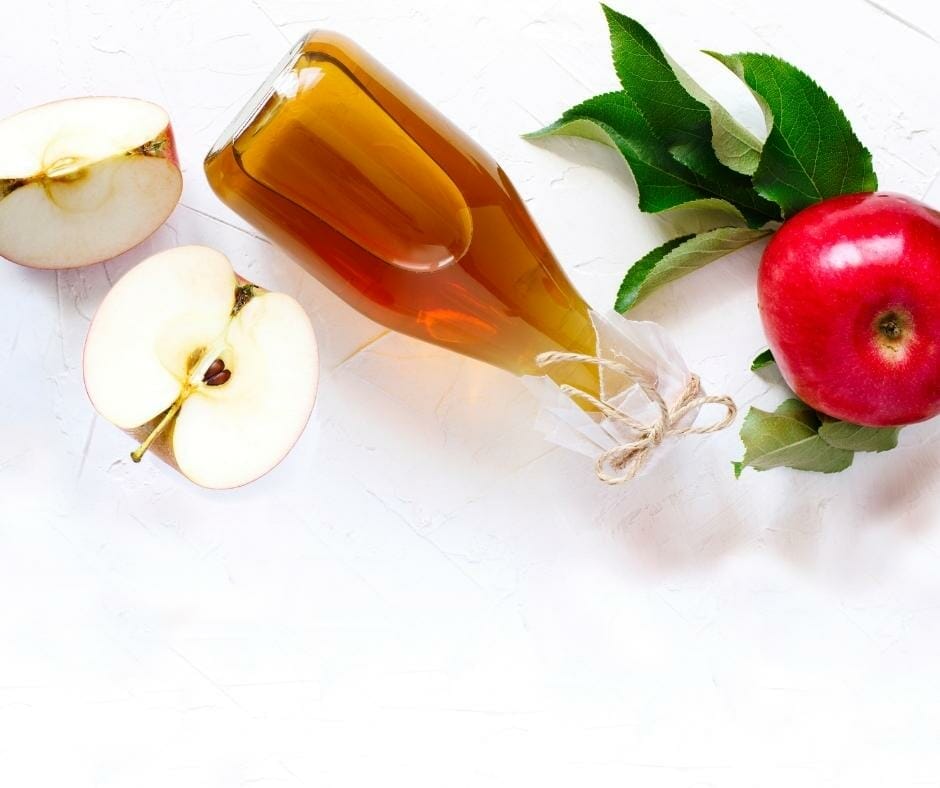
Acidic liquids include vinegar, such as apple cider vinegar or balsamic vinegar, or add a splash of lemon or lime juice.
Chopped tomatoes are another excellent option, depending on what best complements the initial recipe.
Balance with other seasonings
Depending on what cuisine your recipe is from, there are a few different seasonings that will likely taste delicious when balanced with pepper.
See what herbs and spices you have stocked up and consider what will work best.
When adding ingredients to neutralize another flavor, add a little at once.
Then stir before tasting again and adding a little more at a time as necessary.
Dairy or coconut milk
Peppery food can have quite the kick – perfect in the right proportions but overwhelming when overdone.
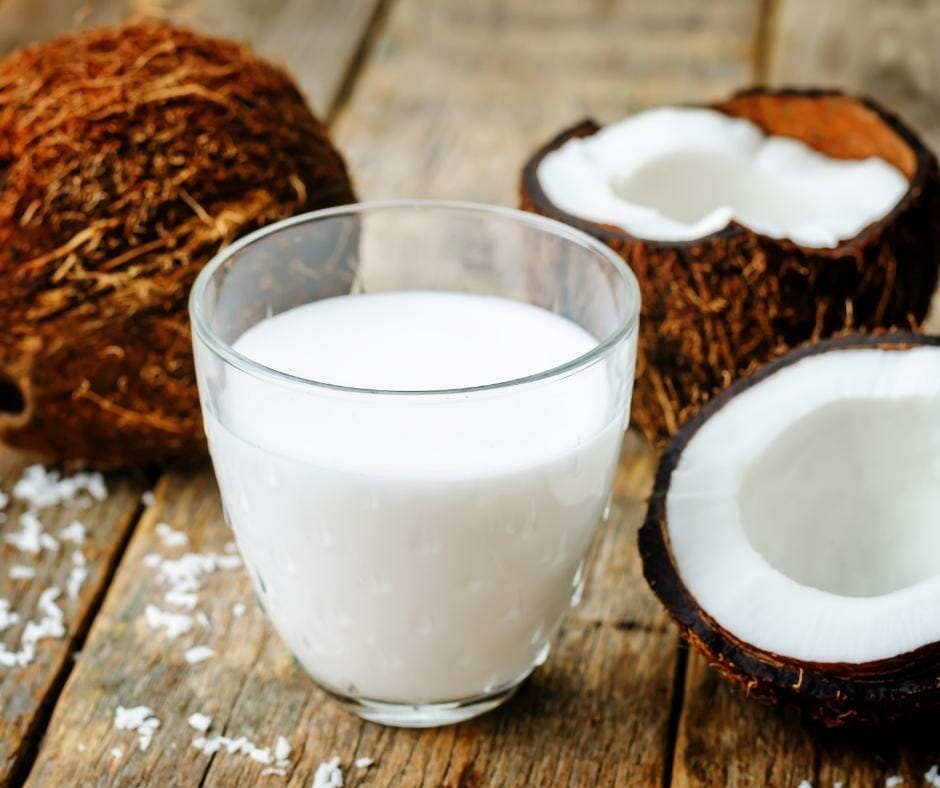
So when you need to know how to counteract pepper, it’s good to know that one of the best ways is using an ingredient we all likely have in our cupboards – dairy!
But, of course, a vegan dairy substitute, like coconut milk or a plant-based cream, will also do the trick.
Milk and creams with a thicker consistency are best at balancing too much pepper, such as whole-fat milk, sour cream, yogurt, or rich non-dairy options.
Adding extra cheese is also a good bet, depending on the recipe.
Try to choose unsaturated fats whenever adding additional fats to your meal.
Nut butter
Nut butter might be the perfect solution for diffusing a dish with too much heat if you have nut butter on hand.
Likewise, the fat content in almond butter, peanut butter, and so on will help balance a dish that’s too peppery.
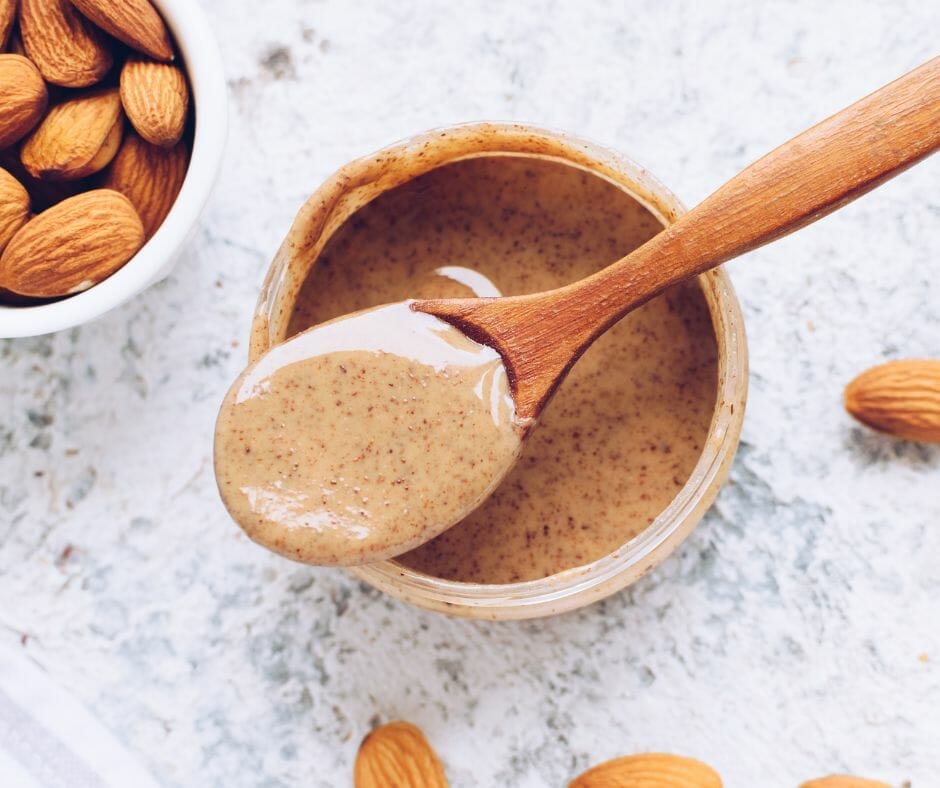
This additional component tastes excellent in many Asian dishes, where nuts are already a staple part of similar recipes.
For example, peanuts are commonly used in Pad Thai, and peanut butter tastes delicious in noodle dishes too.
Likewise, tahini is an excellent addition to Mediterranean, North African, and Middle Eastern recipes.
Olive oil
Like with nut butter above, the fat content in olive oil will help reduce an excess of heat or peppery flavors.
However, since you’re more likely to have olive oil in your kitchen, it might be the best option.
And especially if you don’t think adding a nutty flavor to your dish will complement the recipe.
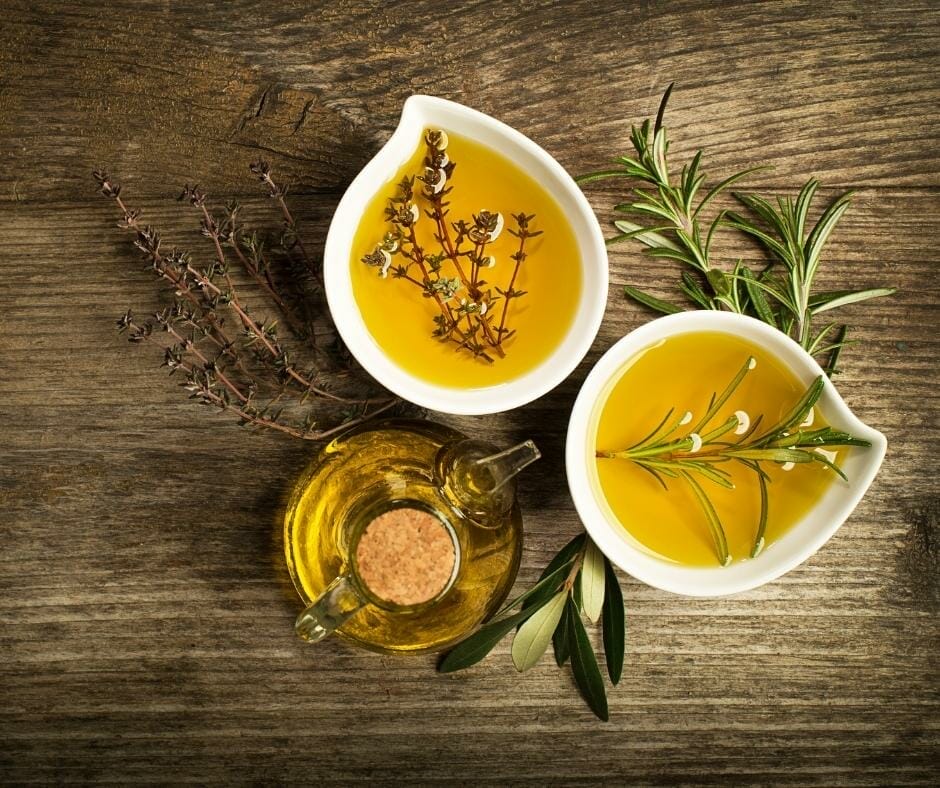
Be mindful when adding oil to your dish.
While olive oil may have health benefits in small proportions, saturated fats can increase the risk of heart disease.
However, using a little olive oil or nut butter is healthier than adding too much cream or dairy to counteract too much pepper in your recipe.
Add sugar
If you’ve taste-tested your recipe and realized it’s too hot, adding sugar to your dish can help balance the flavors.
Sweeteners or a dash of honey will also do the job.
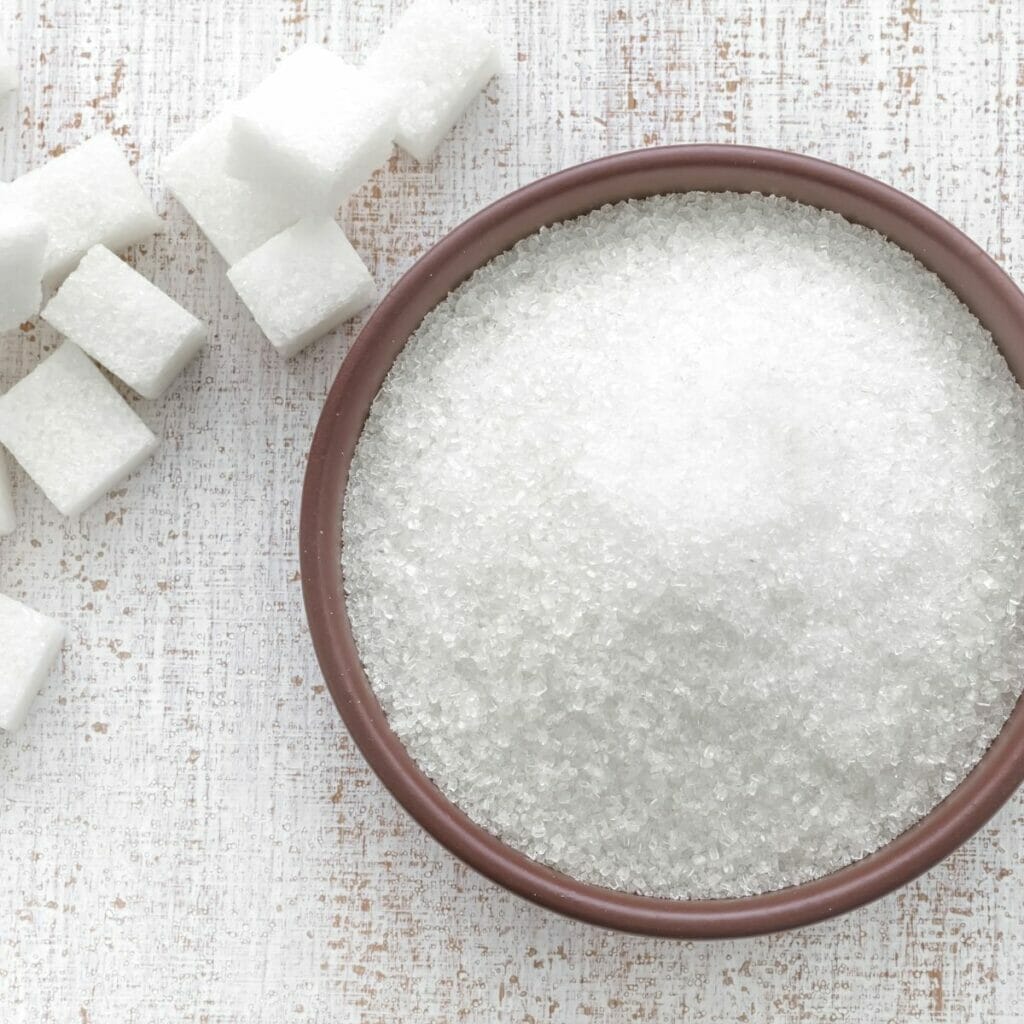
Finally, you could add sweet vegetables, such as carrots, onions, squashes, or sweet potatoes to counteract too much pepper in your dish.
Bulk up the dish
The first thing that comes to mind when we discover we have too much of one ingredient is to add more of the others.
This option works because adding extra minimizes the overbearing ingredient, as it takes up less space in the recipe.
Counteract too much pepper by adding more bulk to the other vital ingredients in the dish.
Depending on the recipe, this could mean adding more broth or sauce, throwing in extra veggies, or adding extra protein.
You’ll end up getting rid of the heat without having to compromise on the other prepared flavors.
This tip is a good solution if you’re wondering how to reduce pepper in food without adding extra ingredients that weren’t in the original recipe.
Add more carbs
Speaking of, bulking up the carbohydrate component of your dish works equally well.
You could add extra rice, potatoes, or pasta to your meal – whatever works best with the cuisine you’re cooking.
There’s no need to add too much different flavor to these starchy sides, as their naturally neutral flavors work best for counteracting spiciness.

This option works well if you’ve already finished cooking and aren’t confident about switching things up at the last minute.
You can serve the meal with a side of bread – naans or pittas perform exceptionally well, but whatever you have on hand will work.
Dilute your dish with water
Diluting your dish is one of the easiest ways to make a meal less peppery if you added too much pepper to food.
It works best for already liquid-based recipes, as you don’t want to ruin the consistency of your meal.
However, if you’re cooking up a tasty soup, stew, or other broth-based meal, adding extra liquid helps lower the proportion of pepper in each bite.
You could also combine this option with adding bulk if you’re meal is far too peppery.
Hopefully, with all these tips and tricks in mind, you have discovered how to fix too much pepper.
Once we know how to use other flavors to neutralize and complement other seasonings, especially prevalent ones like pepper, we are always ready to save our recipes in the kitchen!
Want more cooking tips?
Interested in learning more to turn your kitchen fails into successes? Here are some handy guides!
- Can you use wax paper in the oven?
- Can You Make Grilled Cheese without Butter? 7 genius substitutes
- Can You Make Pancakes without Eggs? The honest truth
- Can You Make Pancakes without Milk? Easy No-Milk Pancakes
- How to Fix Overcooked Pasta: 7 Genius Hacks
- How to Keep Pasta from Sticking: 9+ Genius Hacks
- Why is My Rice Mushy? How to Fix Sticky Rice
